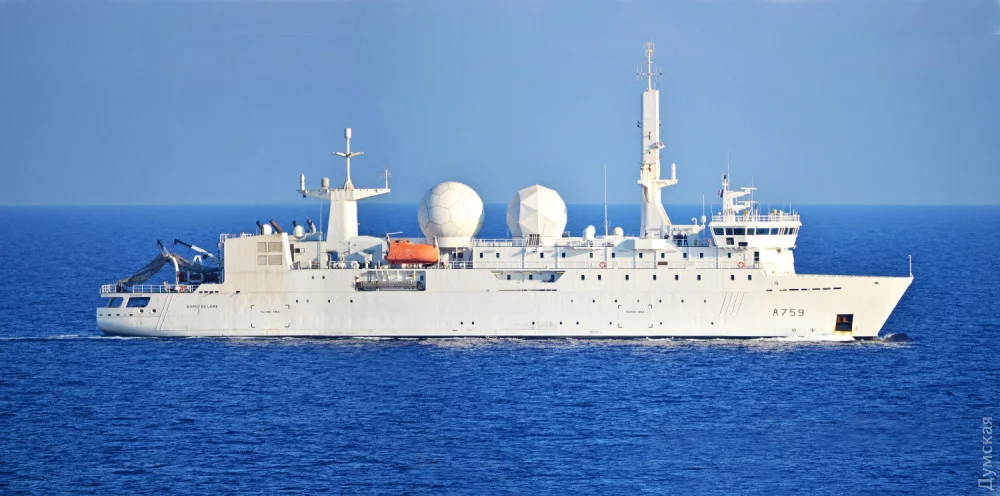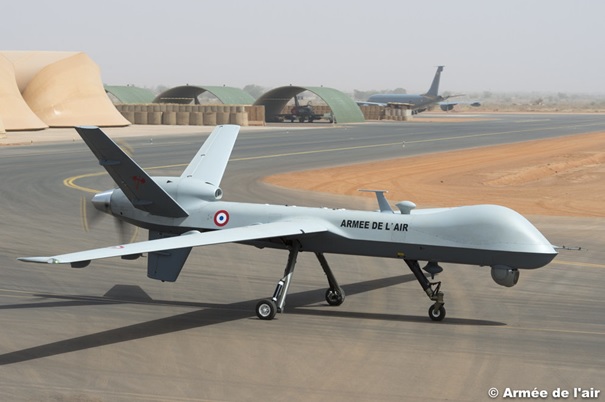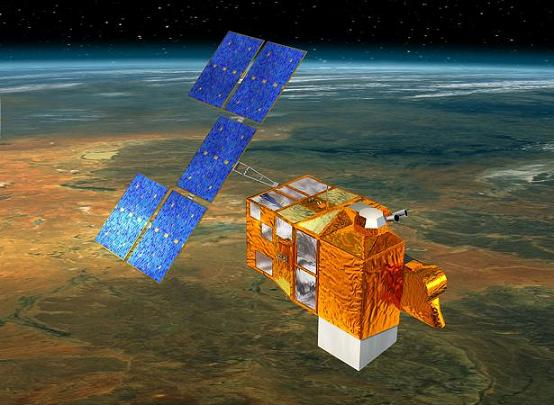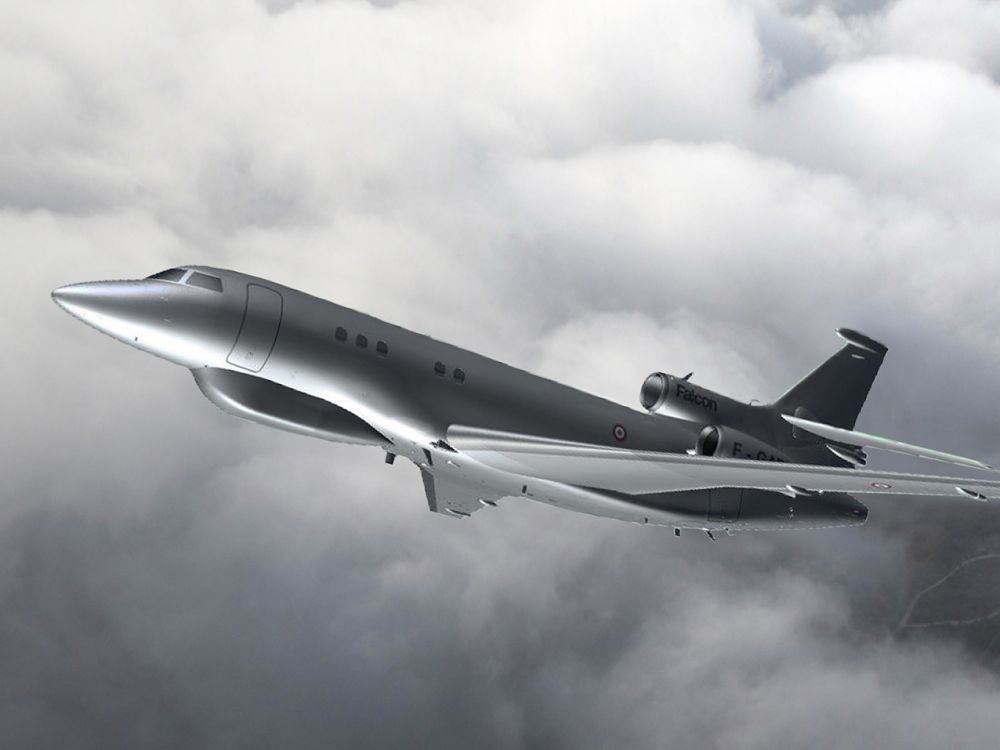The past few years have been marked by a series of events that have led to a sort of instability in international relations: the election in the United States of a president who has denied all the polls and whose foreign policy objectives seem difficult to achieve; the Korean crisis that is experiencing unpredictable turning points; the tension of the situation in the Middle East; the persistent presence of jihadist terrorism, not to mention the Brexit and the refugees crisis in Europe that seem to weaken the idea of a strong and united Europe.
In this context, France seems to be able to rely only on itself to respond to the various threats and instabilities. Thus, from his appointment, the President of the French Republic has found necessary the drafting of the Strategic Review of Defense and National Security in order to assess the global landscape, the current threats and the available resources that France has to deal with them.
For this reason, the concept of strategic autonomy has found its rightful place. There are several areas in which a state must be autonomous. The area that interests us here is the Military Intelligence (MI). Being autonomous avoids deception and allows to act with full knowledge of the facts. This, for example, allowed France to not engage in 2003 against Iraq alongside the United States and the United Kingdom.
Effective resources…
France, in terms of MI, has in fact effective resources. Thus, the Directorate of Military Intelligence (DMI), head of the inter-service intelligence office, has its own sensors like the ship Dupuy-de-Lome and the satellites of the Helios program over which it has control. Other sensors, such as the soldiers of the 13th Parachute Dragoon regiment, the intelligence centers of the various forces, the defense attachés, and the electronic warfare center of the 44th transmissions regiment do not belong directly to the DMI, but constitute its active workforce.

Moreover, each of the three armies has its own resources and gathers MI. There is a cooperation conducted with the DMI: the 2nd hussars regiment can provide intelligence gathered during the interrogations of prisoners; the 61st artillery regiment has ways of receiving images of the Helios satellites; the Atlantic 2 and the submarines provide imagery intelligence (IMINT) and acoustic intelligence respectively; the Air Force with the military observation center by satellites in Creil supervises all the operations related to the realization of the missions assigned to the Helios satellites and the operational center for military surveillance of space objects located in Mont-Verdun is responsible for space monitoring.
All these regiments, centers, resources directly or indirectly affiliated to the DMI, work and produce intelligence of military interest and allow France to be a Military Intelligence power. In terms of strategic monitoring, where its national interests are the most important, that is to say primarily on the African continent, France is autonomous. The rapid outbreak of the Serval operation and its immediate effectiveness were made possible by a high quality strategic monitoring and also thanks to the prepositioned forces who played a decisive role.
…but limited
But France has limited means compared to the United States and it will never reach the same level of autonomy. However, efforts can be made to improve the efficiency of the French system and to avoid that the problems arisen during Operation Serval be repeated. At the time of this implication, France had to buy drones with emergency and had to be supported by the US in terms of tactical intelligence to better cover the vastness of the Malian territory.

In terms of technical resources, the fact of having bought American drones has proved the concerning backwardness of France in this field.
The project of an European drone is interesting. France and other European states are already cooperating on satellite imagery through the European Union Satellite Center. Adding a second component to European cooperation in terms of intelligence would improve first of all the autonomy of the countries concerned. In addition, the European Defense Project could be driven by a common program with regard to drones.
France, faced with the exponential growth of digital data, must also find a solution concerning the control of the ability to automate the interpretation of the data collected. Cyber-intelligence, which holds a significant part of intelligence with its information acquisition starting from the collection of open digital data and more, should not be neglected. DMI will need sophisticated artificial intelligences to automatically categorize a large amount of data. AI is a « priority », as pointed out by General Ferlet, the current director of military intelligence.
In terms of human resources, efforts can also be provided. Having a competent staff allows to have a strategic autonomy. However, the low number of civilians employed by DMI in the form of fixed-term contracts proves to be a problem, as is their low valorization. A competent person must be driven to have responsibilities. However, if the valorization of civilians doesn’t happen, we risk seeing a talent drain, attracted by other sectors where they will be better valued.
Furthermore, some kinds of cooperation may be more effective. The Allat cell, created to gather the information collected by the various services in the framework of the protection of the national territory, worked well since each service seemed completely invested and involved. On the other hand, the Hermes Cell, founded to enrich the intelligence necessary for planning and conducting operations in the Levant, and to improve the knowledge of the intelligence services in their areas of expertise didn’t have the same success. Some services, such as DGSE, have not been fully involved.
The Military Programming Act 2019-2025 as a response to these challenges
Faced with these different challenges, other programs will be implemented. Some of these programs have already been announced in several military programming acts.
The Military Programming Act 2019-2025 announces the renewal of the French Optical Space Component (CSO), which is the French part of the European program MUSIS (Multinational Space-based Imaging System for Surveillance, Recognition and Observation). The launch of two satellites is planned from 2019. By 2025, 3 new satellites will be deployed: an extremely high resolution and two that will be high resolution. The satellites of the Helios family are still deployed but a renewal is necessary.

This MUSIS program will therefore be equipped with the French component CSO as well as two radar components (respectively Italian and German) and a broad-field optical component.
MUSIS will bring a better resolution compared to Helios 2. We will be able to identify smaller targets. It will allow to multiply by at least 10 the daily number of accessible images. The presence of a third satellite will improve revisit time.
LPM 2019-2025 also foresees the arrival in 2020 of the CERES program (space electromagnetic intelligence capability). This program will enable France to have an operational listening ability capable of intercepting and locating electromagnetic emissions from space. CERES will be able to complement the national terrestrial, maritime and airborne resources of research and interception of electromagnetic emissions. For example, with this future constellation composed of three satellites, France will be able, by capturing enemy radar emissions detected by our planes, to know the opposing defenses.
Finally, this LPM announces the arrival of other means of strategic and tactical intelligence. Strategic intelligence, consolidated by the arrival of CERES and MUSIS, will also be equipped, in 2025, with three universal electronic warfare capability aircraft (CUGE). The idea is to gather in the same vector, in this case Falcon, capabilities of aerial observation, of listening and gathering technical information such as aircraft radar frequencies.

Tactical intelligence will also be strengthened. France will soon be equipped with two new MALE MQ-9 Reaper UAV systems while waiting for the future European drone. The armament of these drones was also decided in September 2017 by the Minister of Armies, Florence Parly. For aerial observation, France will also be supplied in 2030 with five Patroller drones that will capture images, videos and wiretapping.
Moreover the Dupuy-de-Lôme, a strategic tool for the search for intelligence of electromagnetic origin (ROEM), had been entrusted little by little with tactical missions. The arrival in 2025 of a light surveillance and intelligence gathering ship (BLSR) will help refocus Dupuy-de-Lôme on strategic missions and entrust the BLSR with tactical missions.
In addition, France will be supplied in 2025 with two light surveillance and reconnaissance aircrafts (ALSR) and eight more in 2030. As explained by the DGA, they will provide a complementary capacity of the MALE drones. They will be in charge of aerial observations with imagery and wiretapping. They will make ROIM and ROEM.
Finally, a Joint Intelligence Optimization System (SORIA) will be delivered by the end of 2025 to allow the fusion and processing of battlefield intelligence.
France’s level of strategic autonomy in terms of intelligence of military interest should therefore rise in the coming years. Certainly, American aid during an operation like Serval is beneficial.
But the arrival of new resources is necessary. It will allow France to avoid having too often to resort to an ally. A systematic resort to an ally would lead us to be drip-fed, could lead to potential deceptions or even to fight someone else’s war.
Emmanuel Muzard

